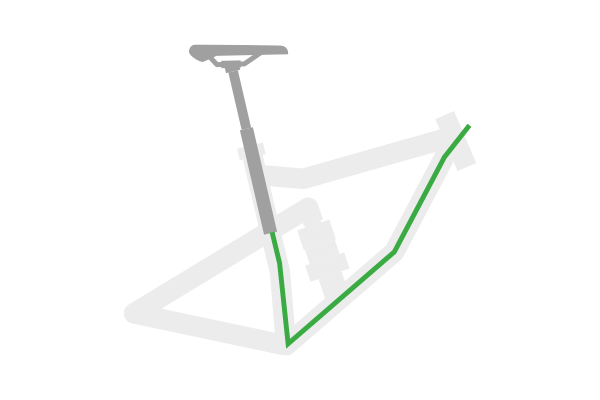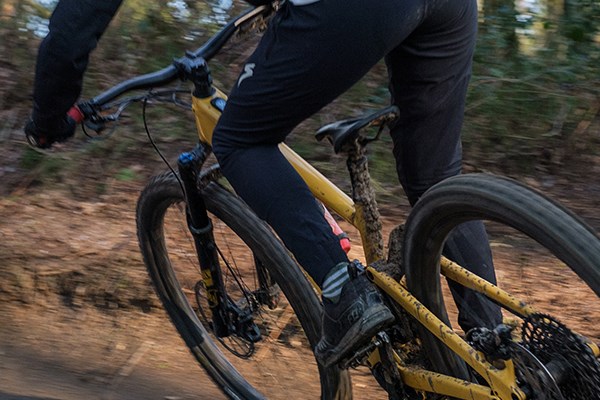Saddle height is hugely important for off-road riding. This makes a dropper seatpost a must have for almost every type of mountain biking as well as gravel cycling. There is a huge array of different styles and fitment options to choose from and you need to be sure that you’re making the right choice.
Whether you are fitting one for the first time or upgrading your exiting dropper this guide will help you to choose the right one for you and your bike.
What size dropper post do I need?
When choosing a new dropper post you will need one that fits in your frame and works with your body on the bike. These are the things that you need consider before you purchase:
Seat post diameter
As with any seatpost you will need to know the internal diameter of your frame’s seatube, so you can get one that’s the right size. This will often be written on your existing seatpost or you can get it from the manufacturers frame specifications.
Most seatposts are one of three sizes, 27.2mm, 30.9mm or 31.6mm. If your bike has one of the larger two sizes then you’ll have a wide choice of options, but options are limited for 27.2mm posts as the narrow size makes it harder to fit the internal mechanisms.
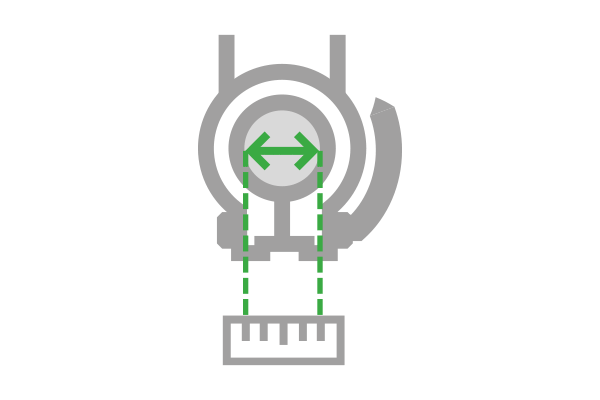
Maximum Travel
While you will want to go for as much travel as you can, so you can move the saddle right out of the way when you need to, you will be limited by a number of factors. First, you’ll need to know the longest travel that your frame and maximum saddle height will allow.
Measure the distance from the top of the seat tube to the bottom of the saddle rail. This is the amount of space you have between your frame and your saddle. Dropper posts don’t allow the saddle to drop all the way to the frame as some of this space is taken up by the dropper post mechanism. There is usually around 80mm of space between the frame and the saddle when the post is fully compressed but this number will vary between brands.
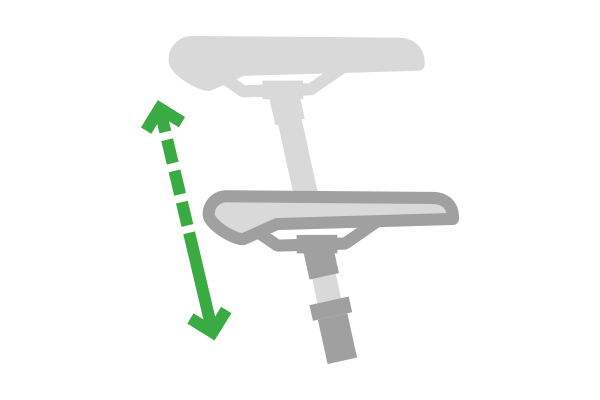
Your maximum travel will be the amount of space between your frame and saddle minus the amount of space taken up by the dropper when it’s fully compressed. For example, if the space between your saddle and frame is 250mm then taking away 80mm for the dropper mechanism leaves you with 170mm of maximum travel. Any amount of travel below this number will work for you as long as you have enough room in you frame.
Frame to saddle distance – dropper post mechanism = Max travel
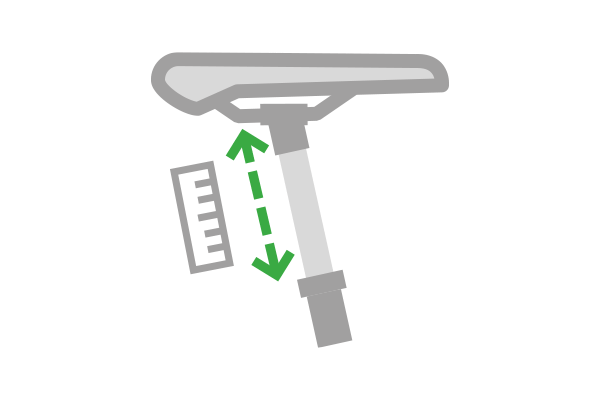
Maximum Insertion Depth
Because longer travel seatposts have a greater overall length and are positioned lower in your frame you need to consider the maximum insertion depth of your frame. This is especially important if you have an offset or kinked seat tube that limits how far into the frame a seatpost can go.
To find out the maximum insertion depth use a conventional seatpost and push it into the frame as far as it will go. If it bottoms out mark the position and measure the distance to the bottom of the post to get your maximum insertion depth. If the seatpost doesn’t bottom out, then your maximum insertion depth will be longer than the seatpost length.

How far a particular seatpost will need to go into your frame is the overall length of the post minus the frame to saddle distance. The maximum insertion depth needs to be greater than this amount for it to fit. It is also worth noting that some seatposts have cable actuators that sit below the stated overall post length. Err on the side of caution and make sure there is enough clearance for the post to work properly.
Length of extended dropper - Frame to saddle distance = seatpost insertion depth
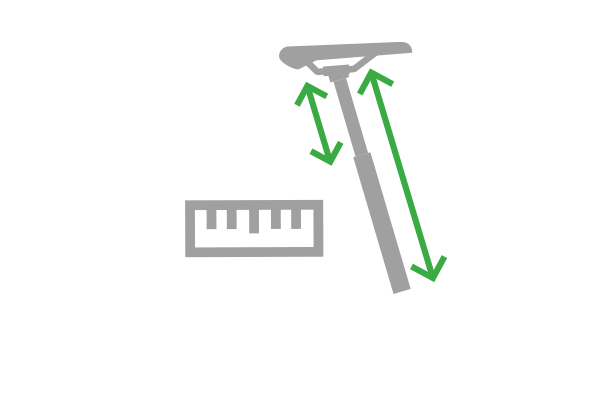
Remote
While some dropper posts have an actuation switch on the post itself most use a remote switch that attaches to the handlebars. A remote switch enables you to move the post without having to take your hands off the bars. This is a big advantage as is allows you to adjust your saddle height when riding technical terrain.
There are different types of remote switch and the ideal one will depend on your cockpit set up. Most people like to run the remote under the bars on the left side. In this position you don’t need to move your hand far to operate the post. If this space is taken up by a shifter or suspension remote, then you may need a collar style remote or one that fits on top of the bars.

Cable Routing
Dropper seatposts either have internal or external cable routing. Internal cable routing is much cleaner, but you can only use these posts if your frame is compatible. Most modern MTB frames are compatible with internally routed cables. Sometimes there is a hole at the bottom of the seatube to allow the cable to exit but other frames route all the way up to the headtube.
If your frame isn’t compatible with an internally routed dropper then you’ll need a post with external routing. These are easier to fit, but the extra cables do spoil the lines of the bike.
The other alternative is to go for a wireless dropper post like the RockShox Reverb AXS. With no cables these posts are the easiest to fit and can be swapped between bikes relatively easily.
